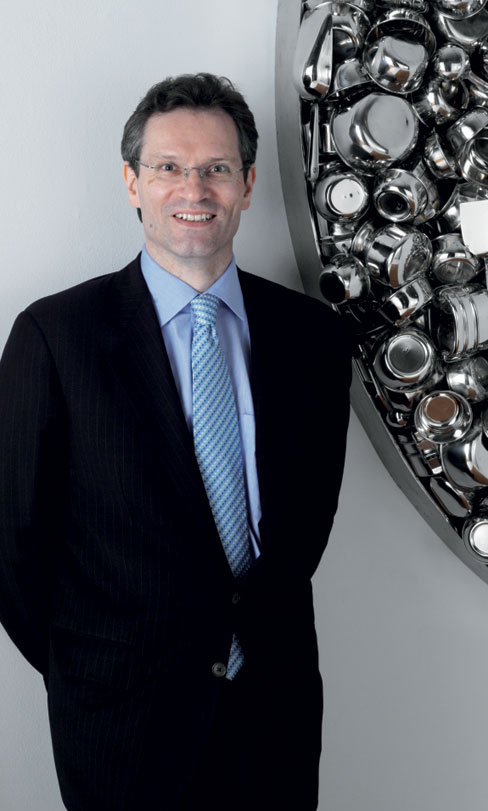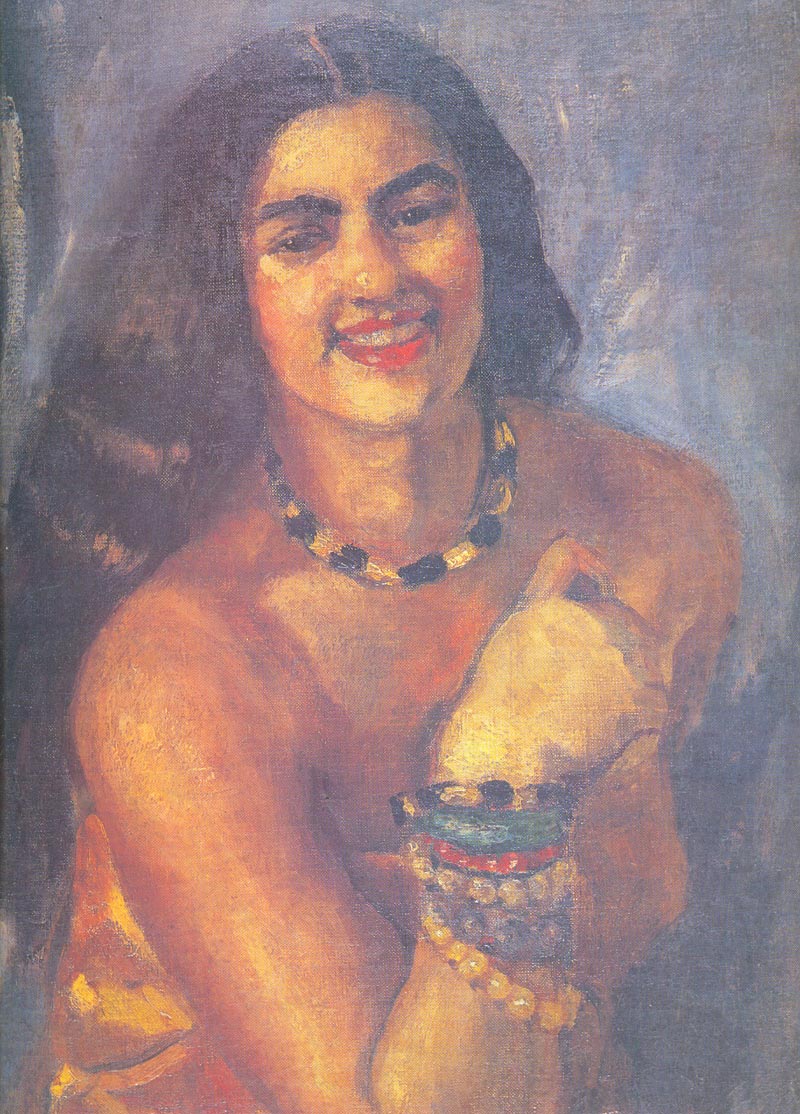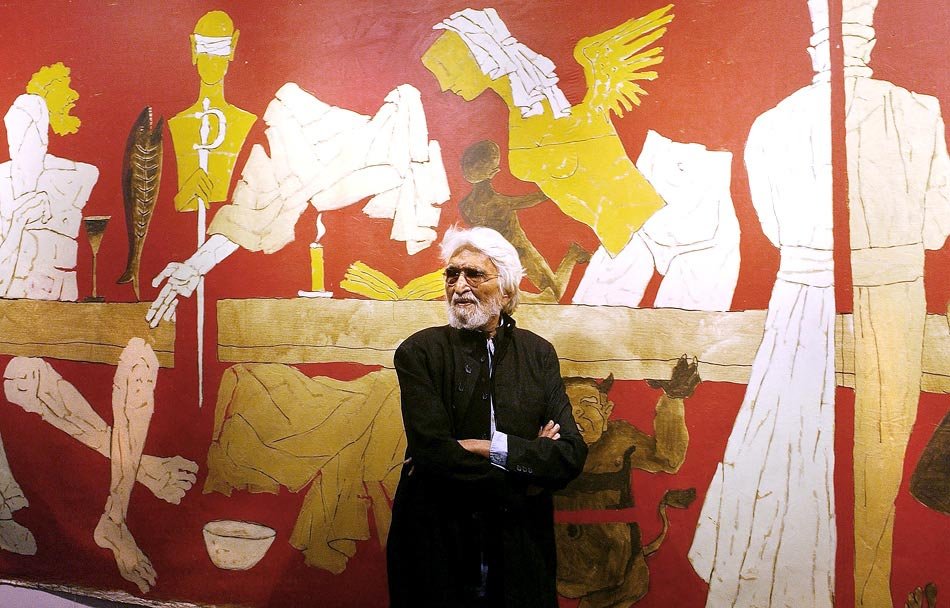Christie’s, one of the world’s biggest auction houses, will hold its first art auction in Mumbai in December, an event that has the art collector, connoisseur and the art world in a tizzy.
Dr Hugo K. Weihe, International Director-Asian Art, Christie’s
For years, internationally, the biggest patrons of Indian art have been the Non Resident Indians, besides a few American and European collectors. However, Christie’s upcoming auction of Indian and Southeast Asian art to be held in Mumbai in December year swings the spotlight back onto the country.
Leading the auction will be Dr Hugo K. Weihe, who has tracked the art in the Indian subcontinent with a passion of a collector and a connoisseur of the subcontinent’s culture offerings as the International Director – Asian Art of global auctioneer Christie’s.
Dr Weihe was also the one chosen by Christie’s to set up its Department of Indian and Southeast Asian Art in New York. Besides, he was at the rostrum when Indian art made headlines the world over. His inaugural sale included works from the Muneichi Nitta Collection, among them a world record for the sale of a Lotus Bud-form censer ($717,500), now on loan to The Metropolitan Museum of Art. Under him, the department has achieved numerous auction records – a Sarnath sandstone figure of Buddha was auctioned for $4.96 million; a 13th century Tibetan thangka for $1.5 million); a painting by Nainsukh of Guler for $2.2 million), and a Baphuon sandstone figure of Uma for $2.1 million.
But his most memorable sale was the auction of Tyeb Mehta’s Mahisasura, the first work by a living Indian artist to sell for $1,548,000 in 2005. Since then, Dr Weihe has witnessed history in the making, with record prices achieved for Syed Haider Raza, Maqbool Fida Husain and Francis Newton Souza.
Amrita Shergill Self Portrait
The idea of the auction, he says, is to show the historic evolution and progression of art in India, the great thinkers, the great art that was free, liberal and thoughtful, and also trace how art has evolved in the subcontinent. “We will primarily auction paintings, art on paper and prints. We may also auction some sculptures. But the deeper message we are sending out is about the rich history and repository of Indian artdown centuries.”
The auction would include contemporary artists’ as well modern artists. Christie’s is also looking at Indian antiquity. “Installations are not that easy to handle. But antiquity and sculptures are interesting. Even when you don’t know anything about Indian art and are confronted by a beautiful Chola Balaji, you can see it is beautiful. It is a work of art that transcends cultures,” he says. “And we have a beautiful one coming up for auction in September; it is a 12th century bronze from an old French collection. Traditionally, miniature paintings, once collected by Europeans and Americansin the 60s, have also done well. They were highly portable and were sold by Maharajas who were in need of some funds.”
To him, however, India really is the land of sculptures. “No one else has such an understanding of forms. We would like to do more with Indian Bronze and stone sculptures.”
Mumbai, he says, is the perfect city for the art exhibition. “Historically, the art scene has been the most vibrant in Mumbai. Jehangir Art Gallery is where the Progressive and contemporary art scene were nurtured. The Taj Mahal Palace has also played an incredibly important role in the evolution of art. The first show of Amrita Shergill’s works was held here in the 40s and the hotel has one of the finest collections of modern art. South Mumbai has always been a nurturing ground. That is why our first auction will be in Mumbai. We may look at Delhi at some point.”
MF Husain, artist, with his painting
According to Dr Weihe, internationally, the market for Indian art was created by the NRIs in the US. And even today, Indian collectors around the world are driving the market for art. It was time to bring the auction and Indian art back to the motherland, he says. “Right now, around the world, the light is shining on India. People want to know more about the country, the culture, see the business opportunities. India holds very good cards for the future. It also has one of the greatest cultures in the world, thousands and thousands of years, 5,000 years at least. Why isn’t that appreciated in India? From my point of view, you have some of the best museums like the Chhatrapati Shivaji Sangrahalaya (formerly, the Prince of Wales museum). Its director Sabyasachi Mukherjee has stepped up the displays and they are fabulous. It is interesting what they are doing with their outreach programmes too. So, a largely Indian market could benefit the art in the long run.”
Looking at the role that Dr Weihe has played in promoting Indian and Asian art, it is imperative to mention that he has been instrumental in setting up the Department of Indian and Southeast Asian Art. “At one point, other auctioneers were doing very well with Indian and Himalayan art. Tibetan art, particularly, was also doing extremely well and we are talking serious numbers here. So, Christie’s asked me to start the department from scratch. I am from the classical arts background and have also studied modern and contemporary art. It was fascinating to tie it all together for the department. The department included Indian and Asian Art because, to me, they are logically connected through religions like Buddhism and Hinduism, which originated in India.”
This is among the first of the Christie’s auction to be held in India. The auction house hopes to tie an annual India auction in Mumbai or Delhi, with its New York and Hong Kong auction every year, creating a sort of India auction season across these three cities.





